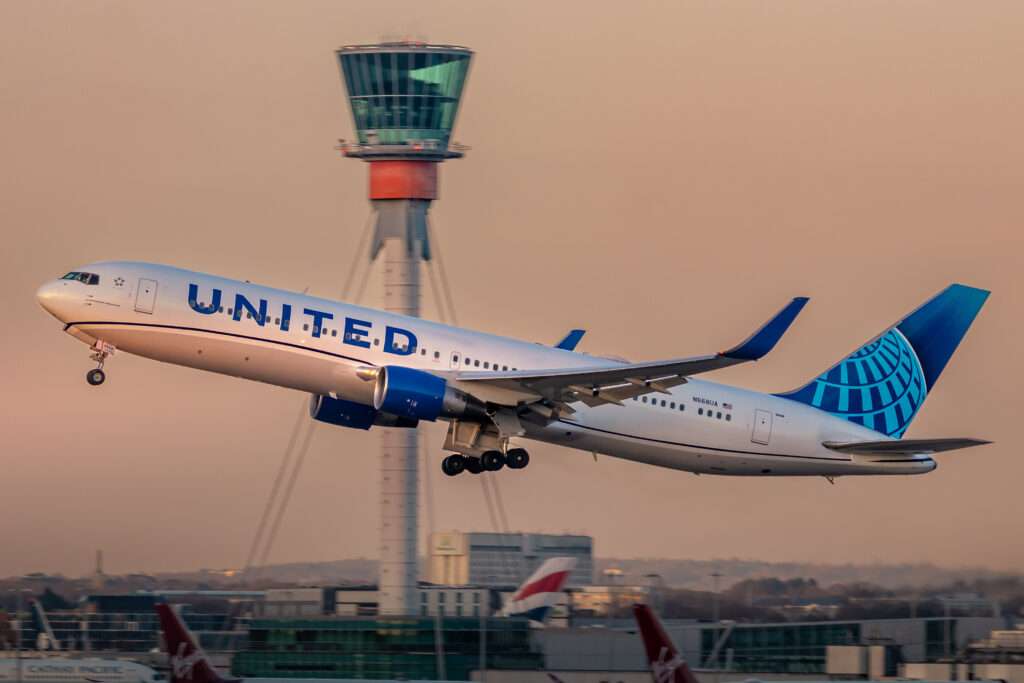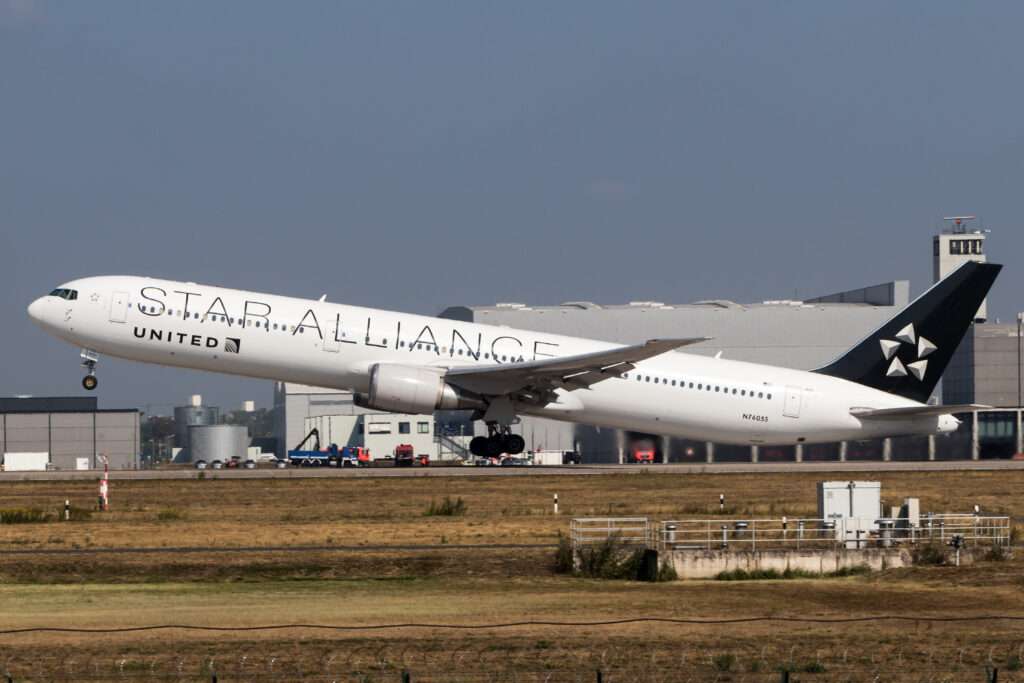United Airlines boasts a rich history intertwined with the evolution of commercial aviation itself.
Its story begins not with a single founding, but with the merging of several pioneering airlines in the late 1920s.
Early Routes and the Air Mail Connection (1926-1934)
The roots of United Airlines can be traced back to visionary figures like Walter Varney.
In 1926, Varney established Varney Air Lines (VAL) in Boise, Idaho, which secured the first privately contracted airmail flight in the U.S. Meanwhile, William Boeing, another key player, was making waves in aircraft manufacturing.

In 1927, he founded Boeing Air Transport, leveraging his planes to operate airmail routes for the U.S. Post Office.
These early airlines, along with National Air Transport and Pacific Air Transport, formed the building blocks for a larger entity.
The driving force behind this consolidation was Frederick Rentschler, aiming to create a powerful air transport corporation.
In 1929, United Aircraft and Transport Corporation (UATC) was born, a conglomerate encompassing both aircraft manufacturing (Boeing) and air travel operations.
By 1931, UATC established United Airlines, Inc. in Chicago, acting as a holding company for four operating divisions: Boeing Air Transport, National Air Transport, Pacific Air Transport, and Varney Air Lines.
This merger marked the official birth of United Airlines, offering coast-to-coast passenger and mail services.
United‘s early network mirrored the airmail routes it inherited.
Passengers could travel east-to-west, starting from New York City, traversing Chicago and Salt Lake City, before reaching San Francisco.
North-south routes along the West Coast further expanded their reach.
A significant innovation of this era was the introduction of stewardesses in 1930.
These pioneering women, as the flight attendants were then called, played a crucial role in passenger comfort and safety, setting a standard for the industry.
However, the early days of commercial aviation weren’t without turbulence.

The Air Mail scandal of 1930 exposed corruption in government contracts awarded to air carriers.
In response, the Air Mail Act of 1934 forced UATC to separate its manufacturing and airline operations. United Airlines remained as the dedicated air travel entity.
Post-War Boom and Technological Advancements (1934-1970s)
The post-World War II era witnessed a surge in air travel demand.
United Airlines capitalized on this growth by acquiring airlines like Transcontinental & Western Air (TWA) in 1950 (though the acquisition was ultimately blocked by regulators).
They also embraced new technologies, introducing the faster and more comfortable propeller-driven Douglas DC-6 aircraft in 1946.
The jet age arrived in the late 1950s, revolutionizing air travel.
United Airlines was at the forefront, ordering the revolutionary Boeing 707 in 1956.
The jet’s speed and range dramatically reduced travel times, making long-distance flights more accessible.

Throughout the 1960s and 1970s, United continued to expand its network and fleet.
The iconic Boeing 727 joined their ranks, catering to shorter routes.
The airline also established its iconic “The Friendly Skies” marketing campaign, aiming to portray a welcoming and passenger-centric image.
Challenges and Consolidation (1970s-2010)
The economic turbulence of the 1970s and deregulation of the airline industry in the 1980s brought new challenges. United faced increased competition and labor strife.
To remain competitive, the airline focused on cost-cutting measures and route optimization.
The industry continued to consolidate in the late 20th and early 21st centuries.
In 1997, United became a founding member of Star Alliance, a global airline alliance offering passengers seamless connections to a vast network of destinations.
A defining moment arrived in 2010 with the merger of United Airlines and Continental Airlines.
The combined entity solidified its position as one of the world’s largest airlines, boasting an extensive route network and a diverse fleet.
Navigating the 21st Century (2010-Present)
The 21st century has seen United Airlines navigate a complex landscape.
The airline has faced criticism for customer service issues and operational disruptions.
However, they have also implemented initiatives to improve fuel efficiency, invest in new technologies, and enhance the passenger experience.
Looking ahead, United Airlines remains a major player in the global aviation industry.
The airline is actively integrating sustainable practices, exploring new aircraft technologies, and focusing on customer service improvements.
As the aviation landscape continues to evolve, United Airlines will undoubtedly adapt and innovate to maintain it’s significant position in the industry.

Click the banner to subscribe to our weekly newsleter.

Click the photo to join our WhatsApp channel so then you can stay up to date with everything going on in the aviation industry!









